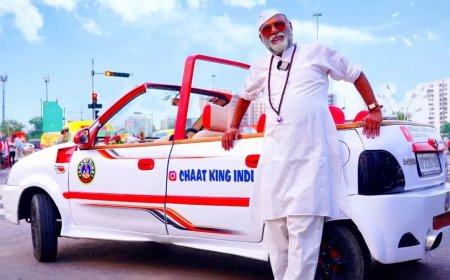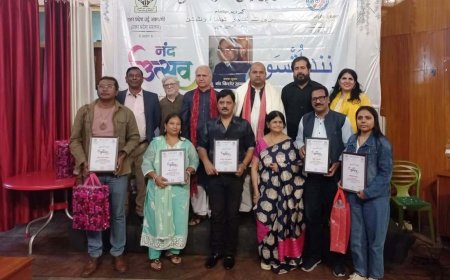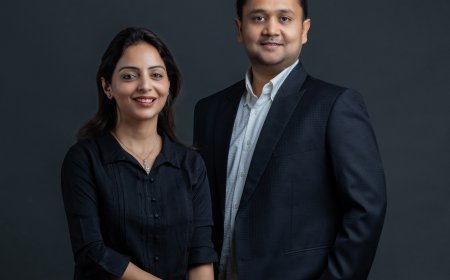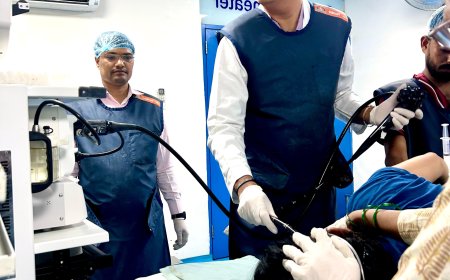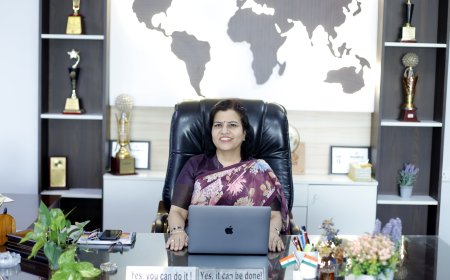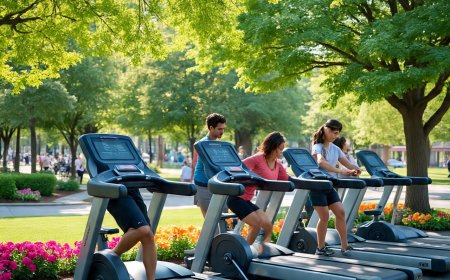Robotics adds fresh ammo to modern day healthcare
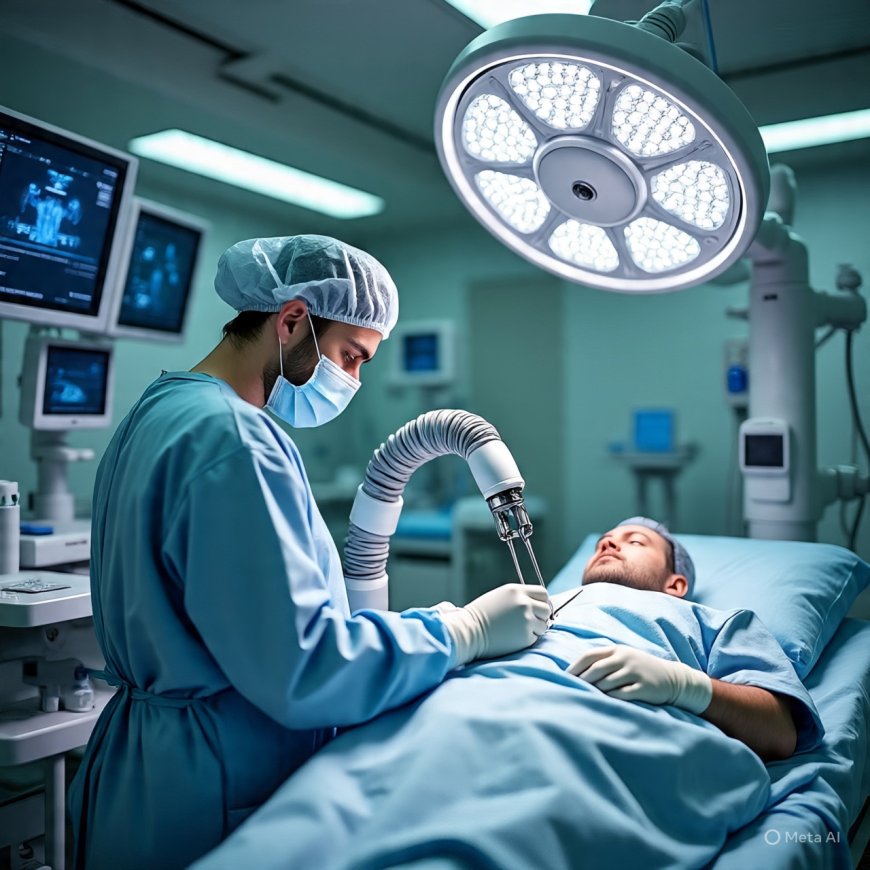
Lucknow, the historic capital of Uttar Pradesh, has emerged as a vibrant hub for medical innovation, particularly in the integration of robotics into healthcare. Once reliant on traditional surgical methods, the city now boasts advanced robotic systems that enhance precision, reduce recovery times, and democratize access to world-class care. From public institutes pioneering affordable procedures to private hospitals attracting medical tourists, robotics is reshaping medicine here.
This proliferation, accelerated post-2019, reflects India's broader push toward technology-driven healthcare, with Lucknow at its forefront in northern India.
Pioneering Institutions Leading the Charge
Sanjay Gandhi Postgraduate Institute of Medical Sciences (SGPGIMS) stands as the trailblazer. In June 2019, it introduced Uttar Pradesh's first da Vinci robotic system, marking a paradigm shift. By late 2022, SGPGI had completed over 575 robot-assisted surgeries, spanning urology (363 cases, including 145 pediatric), surgical gastroenterology (75), endocrine surgery (67), cardiovascular-thoracic (46), and pediatric surgery (24). Milestones include the world's first robotic augmentation cystoplasty with bilateral ureteric reimplantation for pelvic lipomatosis in 2024 and India's inaugural scarless robotic thyroidectomy via transoral route. These feats, performed at a fraction of private-sector costs, underscore SGPGI's role in making high-end robotics accessible to underserved populations.
King George's Medical University (KGMU) joined the fray in early 2025, procuring three indigenous SSI Mantra robotic systems—one via CSR from Power Grid Corporation and two under public-private partnerships. Rollout began in phases across eight departments: general surgery, urology, endocrine, gastro, pediatric, surgical oncology, and gynecology. Starting with simpler procedures like gallbladder removals, KGMU aims to expand to complex torso and thoracic operations. This "Make in India" initiative promises precision at lower costs, with dedicated training robots ensuring surgeon proficiency.
Private players have amplified this growth. Medanta Lucknow, equipped with cutting-edge robotics, excels in urology, gynecology, oncology, GI, and kidney surgeries, emphasizing minimal tissue damage and shorter stays. Max Super Speciality Hospital deploys the da Vinci Xi for cardiac, knee, and renal transplants, reporting reduced complications. Apollomedics introduced the da Vinci Xi in 2024 as Uttar Pradesh's first private facility outside NCR, boosting specialties like old-age patient care. Chandan Hospital's 2025 adoption of Mako Robotic-Arm for orthopedics highlights precision in joint replacements. Kalyan Singh Super Specialty Cancer Institute plans robotic oncology by mid-2025, backed by a Rs 280 crore budget.
Transformative Applications Across Specialties
Robotics in Lucknow spans diverse fields. In urology, da Vinci systems enable nerve-sparing prostatectomies and pediatric reconstructions, preserving function while minimizing blood loss. Oncology benefits from precise tumor excisions in prostate, bladder, kidney, rectal, and gynecologic cancers, with enhanced 3D visualization protecting healthy tissues. Gastrointestinal and bariatric procedures see faster healing via minimal incisions. Cardiovascular robotics aids complex thoracic repairs, while orthopedics leverages Mako for 3D preoperative planning, yielding predictable outcomes.Beyond surgery, emerging uses include rehabilitation exoskeletons and logistics robots for medication delivery, though surgical dominance prevails. Rare cases, like SGPGI's pelvic lipomatosis correction, demonstrate robotics tackling anatomically challenging conditions unattainable manually.Benefits Redefining Patient OutcomesPatients experience profound advantages: incisions shrink to keyhole size, slashing infection risks and scarring. Blood loss drops dramatically, often eliminating transfusions. Hospital stays halve—many discharge in 1-2 days versus weeks for open surgery. Recovery accelerates, with returns to normalcy in days, not months, ideal for elderly or comorbid cases. Precision preserves nerves, maintaining continence and potency in pelvic surgeries. Costs, especially at public centers, plummet—SGPGI charges fractions of corporate rates—bridging urban-rural divides.Surgeons gain ergonomic relief: console-based controls eliminate tremors, fatigue, and back strain from prolonged stands. Magnified 3D views and wristed instruments mimic human dexterity at micro-scales, enabling superhuman accuracy.Challenges in Scaling AdoptionDespite strides, hurdles persist. High upfront costs—da Vinci systems exceed Rs 15-20 crore—limit proliferation, though indigenous alternatives like SSI Mantra ease this. Training demands rigorous simulation; KGMU's cadaver labs address this. Reimbursement gaps deter private uptake, while rural outreach remains nascent. Ethical concerns around over-reliance on machines and data privacy in AI-integrated systems loom. Infrastructure strains, like power backups for uninterrupted operations, require investment.Future Horizons and Ecosystem GrowthBy 2030, Lucknow could rival Delhi-Mumbai in robotic volume. KGMU's expansion and cancer institute's entry signal statewide ripple effects. Collaborations with IITs for AI enhancements—predictive analytics, real-time brain-shift compensation—beckon. Tele-robotics may enable remote surgeries, serving remote Uttar Pradesh. Startups, though scarce locally, could incubate via hubs like SGPGI's workshops.Medical tourism surges: precise, affordable robotics draws regional patients, positioning Lucknow as North India's "Robotic Healthcare Capital." With government backing—PMSSY extensions, CSR inflows—this proliferation promises equitable, futuristic medicine, transforming lives one precise incision at a time.
What's Your Reaction?












